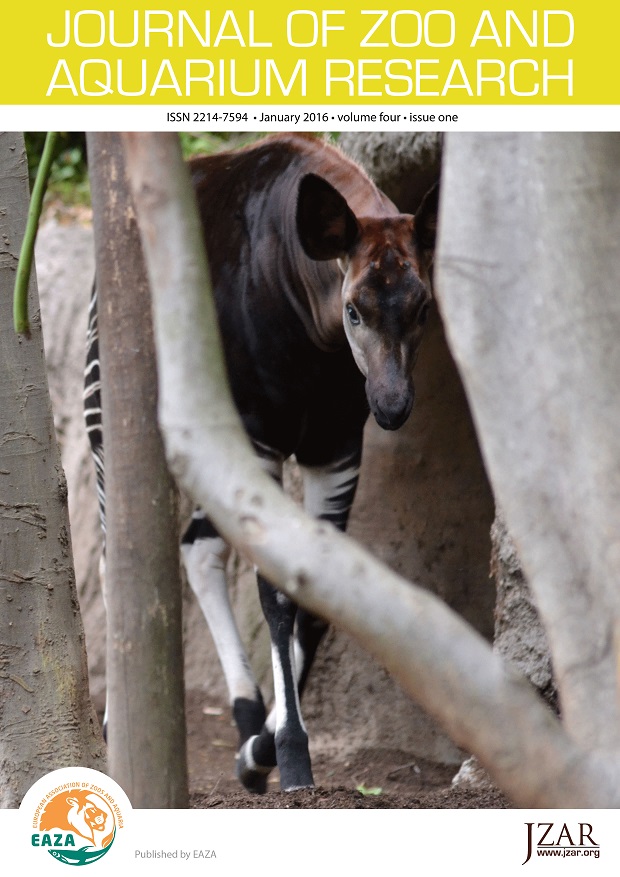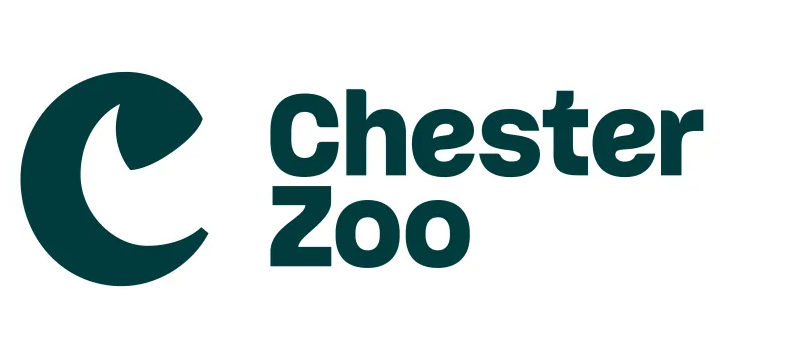Using non-invasive faecal hormone metabolite monitoring to detect reproductive patterns, seasonality and pregnancy in red river hogs (Potamochoerus porcus)
DOI:
https://doi.org/10.19227/jzar.v4i1.123Abstract
Few studies have been conducted on red river hog (Potamochoerus porcus) reproductive biology in zoos. Furthermore, in spite of regular breeding efforts in zoos, reproductive success has been relatively poor for this species, particularly in the North American population. In this study, we used faecal hormone metabolite monitoring to analyse near daily samples from two males and three females over several years to gain insight into their patterns of reproductive hormone secretion. Both a progesterone and a testosterone enzyme immunoassay (EIA) were validated and subsequently used to monitor reproductive patterns, seasonality, ovulatory activity and a successful pregnancy. The findings indicate that female red river hogs are seasonally polyoestrous. Regular cycles were observed from approximately December through August and an annual period of anoestrous was observed from approximately September until December. Average cycle length for all females was 23 days ± 1.19, range 13–30 days. Androgen excretion patterns of the two males did not show clear seasonal patterns. Only one male experienced an increase in androgen levels (141.53 ± 45.55 ng/g) corresponding with the female seasonal oestrous period. There was, however, some evidence of possible androgen suppression between the two males, and a potential ‘boar effect’ on a young female upon first introduction to a male. Ultimately, this information may increase our understanding of this species’ reproductive biology and serve as a baseline for more in-depth follow-up studies to identify specific patterns associated with reproductive success.
Downloads
Published
How to Cite
Issue
Section
License
JZAR fulfils the DOAJ definition of open access and provides free and open access to the full text of all content without delay under a Creative Commons licence. The copyright holder of JZAR publications grants usage rights to third parties, allowing for immediate free access to the work and permitting any user to read, download, copy, distribute, print, search, or link to the full texts of articles.







